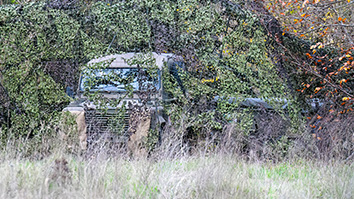Citation
L. Ferrer, N. Scheffer, and E. Shriberg, “A comparison of approaches for modeling prosodic features in speaker recognition,” in Proc. 2010 IEEE International Conference onAcoustics Speech and Signal Processing (ICASSP 2010), pp. 4414–4417.
Abstract
Prosodic information has been successfully used for speaker recognition for more than a decade. The best-performing prosodic system to date has been one based on features extracted over syllables obtained automatically from speech recognition output. The features are then transformed using a Fisher kernel, and speaker models are trained using support vector machines (SVMs). Recently, a simpler version of these features, based on pseudo-syllables was shown to perform well when modeled using joint factor analysis (JFA). In this work, we study the two modeling techniques for the simpler set of features. We show that, for these features, a combination of JFA systems for different sequence lengths greatly outperforms both original modeling methods. Furthermore, we show that the combination of both methods gives significant improvements over the best single system. Overall, a performance improvement of 30% in the detection cost function (DCF) with respect to the two previously published methods is achieved using very simple strategies.
Index Terms— Speaker recognition, Prosody, Joint Factor Analysis, Support Vector Machines


